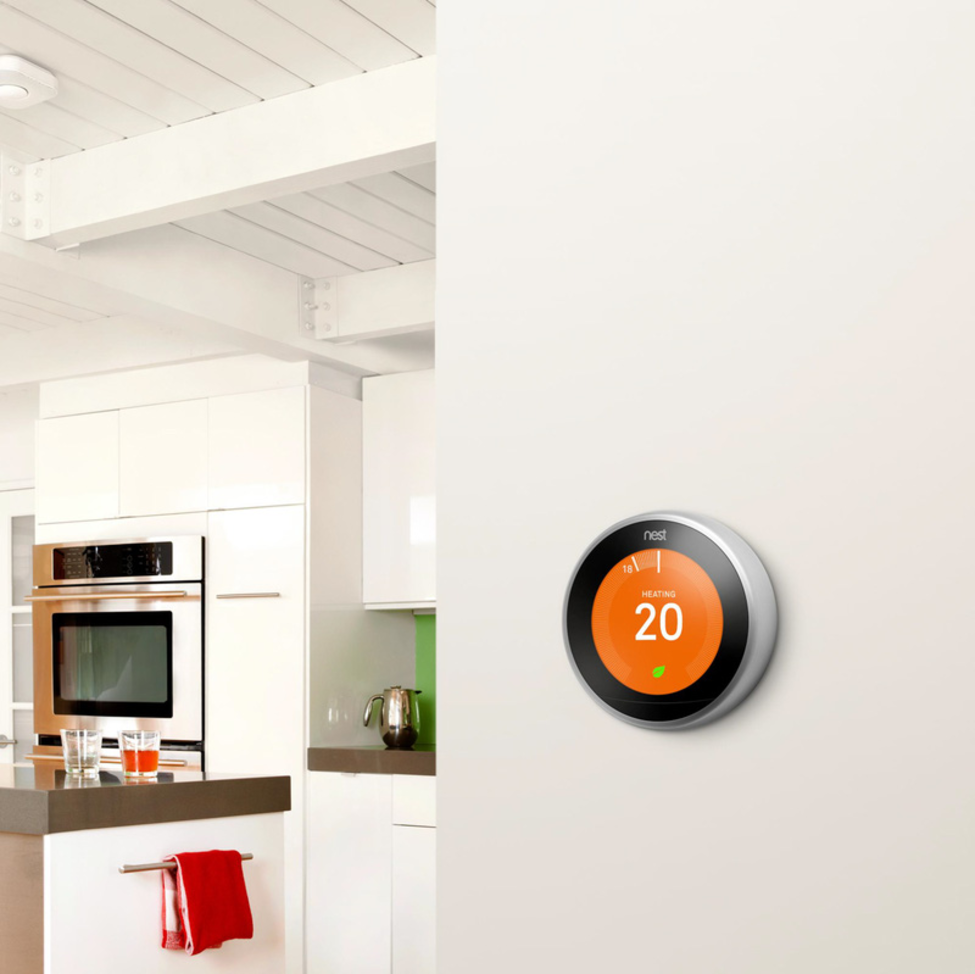
How to keep your home warm
Unlock the warmth of your home! Heating eats up a big chunk of energy bills, but fear not! We're here to unveil the secrets to cosy savings. Let's heat smarter, not harder, and cosy up to a greener, pocket-friendly future! 🌱🏡
- Set the programmable thermostat as low as is comfortable in the winter, ideally between 18° - 21°Celsius.
- Explore the effectiveness of radiator reflectors in conserving energy and reducing heating costs as Radiator reflectors work by reflecting heat back into the room, preventing it from being absorbed by the wall behind the radiator and maximizing the efficiency of your heating system,(currently priced at £7.50 for a 470mm x 4m. (1.88m²) available at Screwfix).
- Close internal doors to keep the heat in the rooms you use most, and reduce the amount of heat moving into colder areas.
- If your house is not damp, try turning the heat down a fraction. You will not feel the difference and your bills will be cheaper.
- Bleed the radiator valve (to release trapped air) annually. It doesn’t require a professional plumber, but should be done by someone familiar with the process.
- Do not place furniture or curtains in front of radiators as it blocks the heat.
- To keep the heat inside the room, fill up gaps to stop draughts. Place draught-excluders on your front door, letterbox, and keyhole.
- Use rugs and thermally-lined curtains for extra warmth in the home, especially where there are draughty windows or gaps in floorboards. Close curtains when it gets dark to keep the heat in.
- Do not dry clothes on the radiator as it blocks the heat and produces moisture in the air that could cause damp or mould.
- Thermostats should be placed away from items that give off heat (like radiators or TVs) and away from doors, windows, and draughty areas. They should be placed on an interior wall, 5 feet above the floor, in a room that is frequently used by the occupants.
- During colder months, open curtains to south-facing rooms in the house for solar heat gain.

